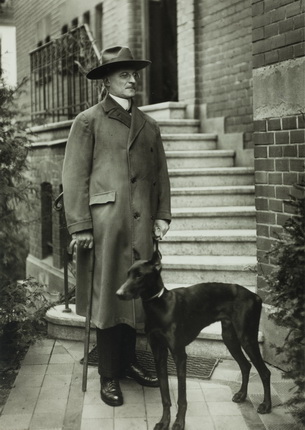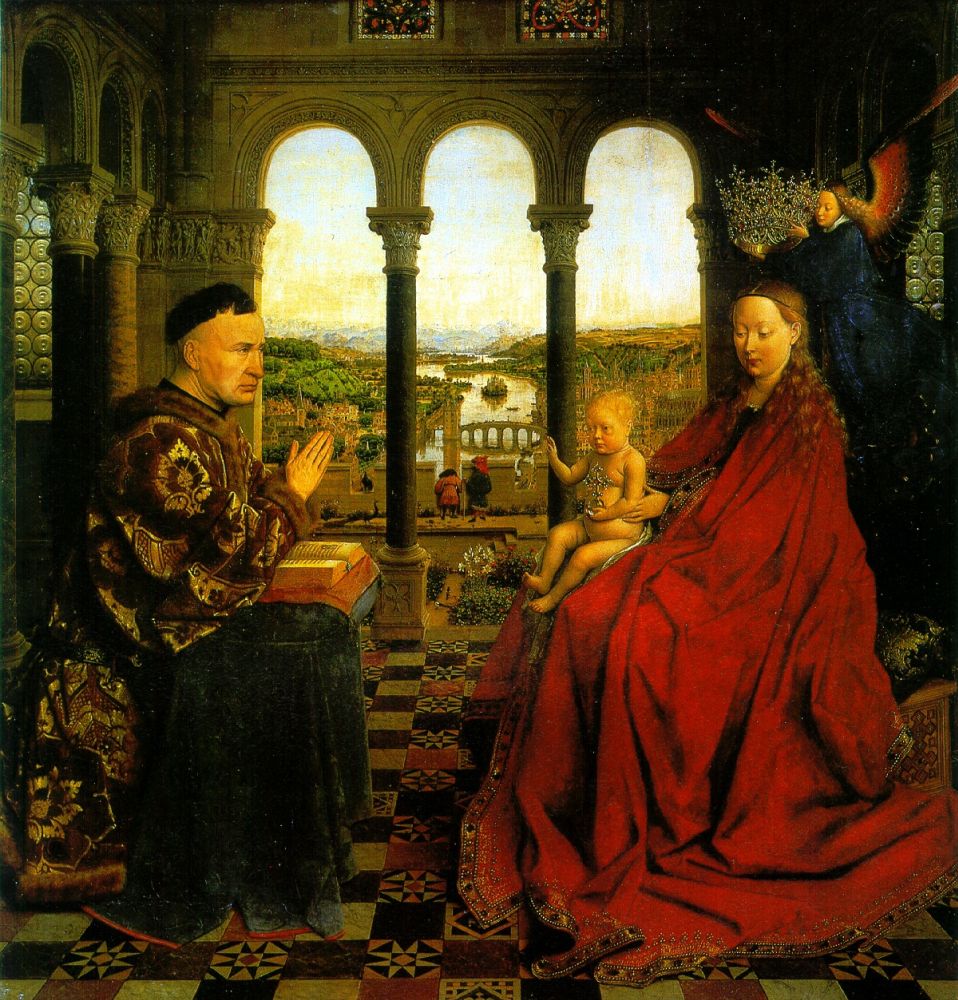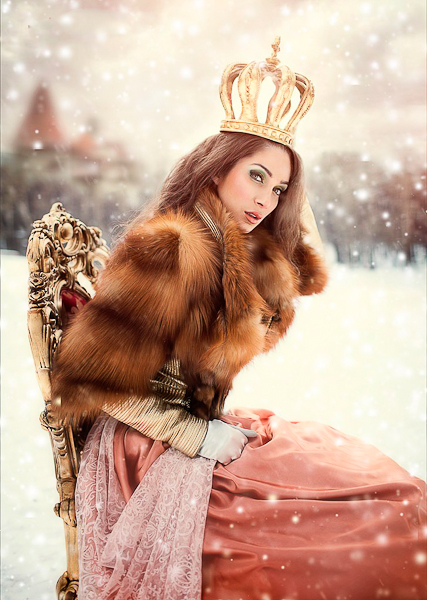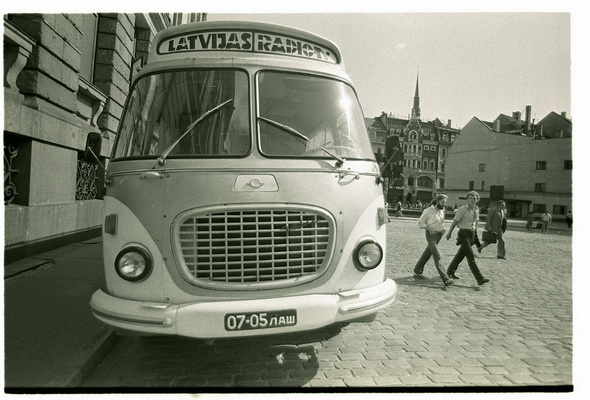Transmuseum by Igor Gusev in OXM
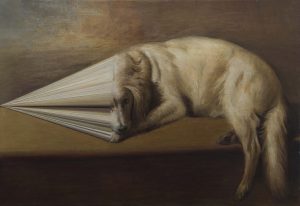 In October 2018, the Odessa Art Museum opened the Transmuseum experimental project of the artist Igor Gusev, which became an artistic intervention in the museum exhibition of classical art. Getting into the halls of classical art and being among the paintings of the XIX century, the viewer discovers a visual paraphrase of these images and joins the object search game. The concentration of Gusev’s works in the museum is small – 10 works in 13 rooms, which allows the “invasion” to remain delicate and unobtrusive.
In October 2018, the Odessa Art Museum opened the Transmuseum experimental project of the artist Igor Gusev, which became an artistic intervention in the museum exhibition of classical art. Getting into the halls of classical art and being among the paintings of the XIX century, the viewer discovers a visual paraphrase of these images and joins the object search game. The concentration of Gusev’s works in the museum is small – 10 works in 13 rooms, which allows the “invasion” to remain delicate and unobtrusive.
In addition to painting, the artist presented the installation, which is located in the central “dance” hall of the museum palace and is a generalized image of the exhibition.
“Transmuseum” is a project about the perishability of being and objects of art, that a work, in the course of its life, acquires a biography, each one of their own. Empty antique frames, piled on an old parquet of precious rocks – a reflection on the heritage that the museum has lost in the revolutions and wars of the twentieth century.
Installation of Igor Gusev, which is located in the center – pronounces “memento mori”. We see the symbolic skeleton of the work on the path of decay: the smoldering frames, some of which expose the tree under gilded paint, while others absorb the dust of the dark halls with gypsum cracks. Works of art are transformed not only physically, exposed to the effects of time, their meaning mutates depending on the context, geography, development of the theory of art, philosophy.
Gusev, as a post-romantic who emerged from the hypertextuality of postmodernism, works with the historical context of art, reinterpreting it in the category of metataxis – the structure of sensations between ultimateness on the one hand and unboundedness on the other. He seeks to turn the finite into an infinite, static into a dynamic, to expand the usual tools of knowledge of classical art.
In the creation of pictorial works, Gusev uses the method of stretching the spatial-temporal continuum of the painting, the so-called glitch effect, which is key to his artistic method. It is used in contemporary art, it is based on the image of the error of the digital transmission, in which the image is deconstructed and broken into fragments, giving rise to color spectrality. There is a bizarre distortion of the visual field, which creates a new aesthetic category of the digital world.
With the help of a soft deconstruction of the exposition, the artist objectifies images of famous paintings from the collection of the Odessa Art Museum and antique frames from the Museum of Western and Eastern Art. 150 years ago, these artifacts were a single ensemble, but the history dispersed them into different spaces. “Transmuseum” makes the connections between them active again, uniting images and objects in a single space. Placing works in contemporary discourse, the artist shows how, with the possibility of digital production, the artist’s need to initiate the act of creation remains. It is important that the field of urban museums, the aesthetic base of many generations of Odessa artists, becomes the field for artistic comprehension and transformation of Igor Gusev.
On December 2, on the last day of the Transmuseum exhibition, OXM initiates a public discussion “Contemporary Art in a Classical Museum”. This topic is relevant for the entire art system, whose work can not be called harmonious. Today, domestic museums are on the way to finding new development vectors. These issues will be discussed in the circle of leading specialists of Ukrainian museums, such as: Oksana Barshinova (NHMU), Elena Mikhailovskaya (HOXM), Anita Nemeth (HOXM), Anna Alieva (OHM).
